Archives
- 2025-11
- 2025-10
- 2023-07
- 2023-06
- 2023-05
- 2023-04
- 2023-03
- 2023-02
- 2023-01
- 2022-12
- 2022-11
- 2022-10
- 2022-09
- 2022-08
- 2022-07
- 2022-06
- 2022-05
- 2022-04
- 2022-03
- 2022-02
- 2022-01
- 2021-12
- 2021-11
- 2021-10
- 2021-09
- 2021-08
- 2021-07
- 2021-06
- 2021-05
- 2021-04
- 2021-03
- 2021-02
- 2021-01
- 2020-12
- 2020-11
- 2020-10
- 2020-09
- 2020-08
- 2020-07
- 2020-06
- 2020-05
- 2020-04
- 2020-03
- 2020-02
- 2020-01
- 2019-12
- 2019-11
- 2019-10
- 2019-09
- 2019-08
- 2019-07
- 2019-06
- 2019-05
- 2019-04
- 2018-11
- 2018-10
- 2018-07
-
br Materials and Methods br Acknowledgements br Introduction
2020-07-15

Materials and Methods Acknowledgements Introduction The discoidin domain receptors, DDR1 and DDR2, are two closely related receptor tyrosine kinases (RTKs) that contain a discoidin (DS) homology domain in their extracellular regions. The DDRs were initially discovered by homology cloning ba
-
br Introduction The development of non melanoma skin
2020-07-14

Introduction The development of non-melanoma skin cancer (NMSC) is a complex process characterized by the acquisition of altered proliferation and invasiveness. These changes are classically defined as occurring in stages, i.e., initiation, promotion, and progression. In the two-stage model of in
-
Anastrozole Introduction CYP is a superfamily
2020-07-14

Introduction CYP450 is a superfamily of heme-containing monooxygenases, many of which are expressed in the liver, and they are significant phase-I Anastrozole in drug metabolism and detoxification. There are three subfamilies (CYP1, CYP2 and CYP3) that are mainly involved in the metabolism of drugs
-
Environmental cues such as microbial dietary
2020-07-14
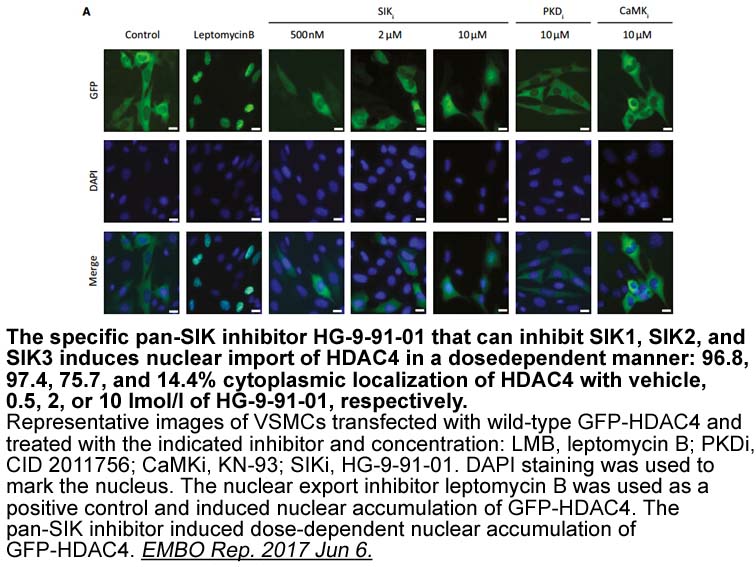
Environmental cues, such as microbial, dietary, and neuronal signals, regulate the differentiation and function of ILC3s. However, the identities of any additional cues and the receptors that detect them remain unknown. An important class of proteins enabling cells to sense extracellular cues are G-
-
The findings of Qiu et
2020-07-14
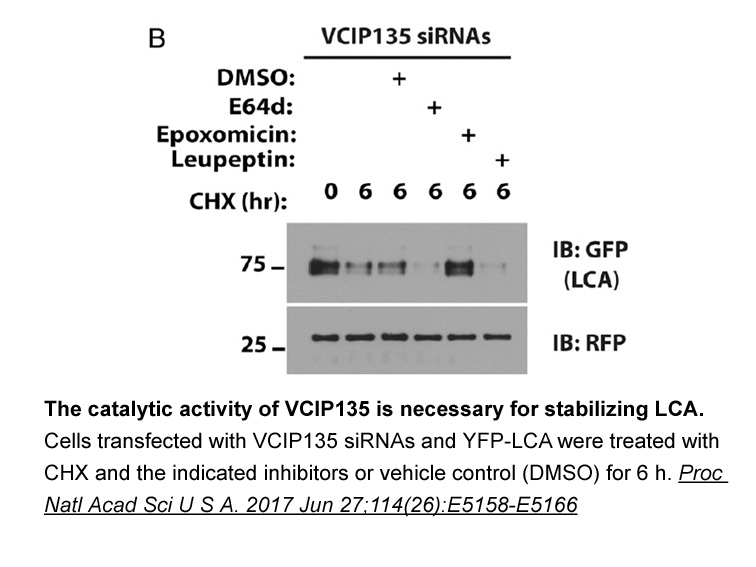
The findings of Qiu et al. (2016) represent the first instance of a Ub-specific mono-ADP-ribosyltransferase, as well as the first documentation of E1/E2 independent ubiquitination. Post-translational modification of Ub certainly adds layers of complexity to our understanding of the Ub signal and sho
-
br Application of D receptor PET in psychiatric
2020-07-14
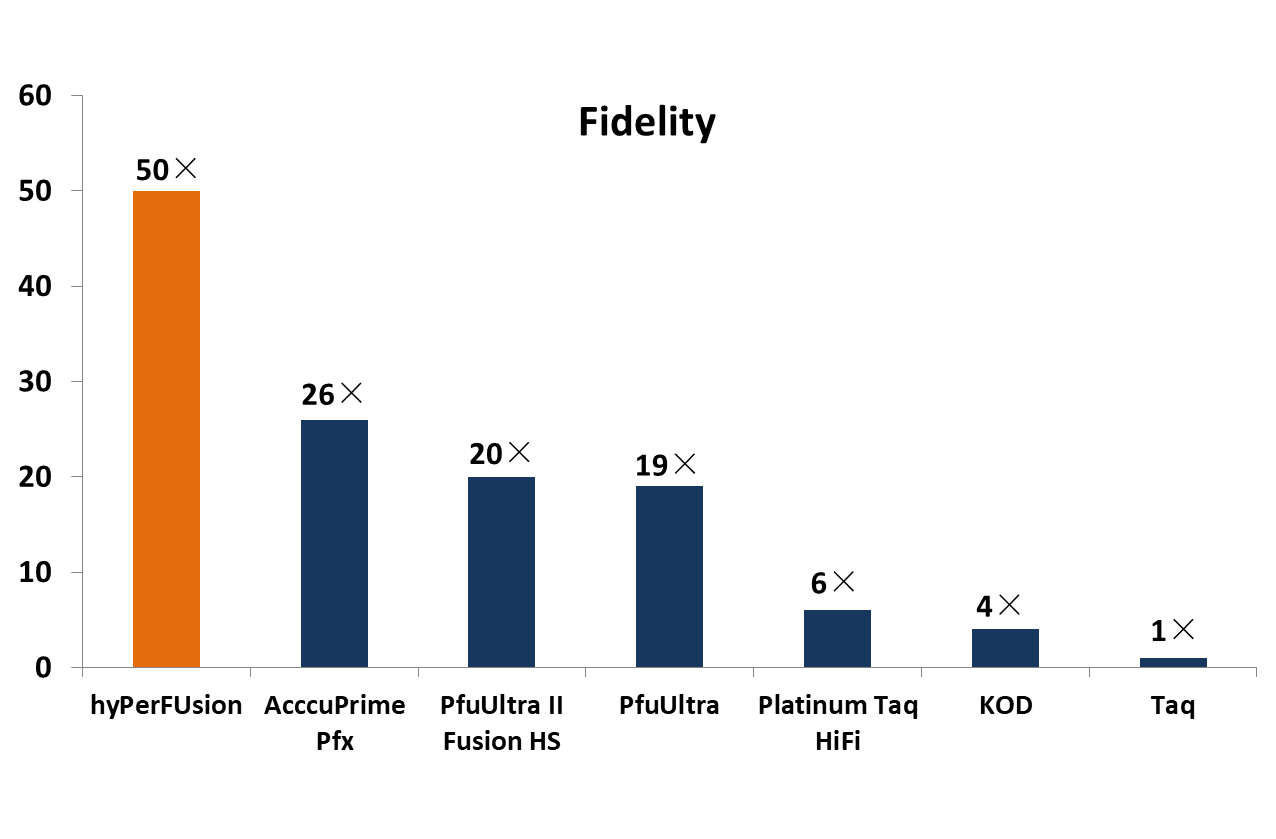
Application of D1-receptor PET in psychiatric disorders Discussion Compared to other markers of the DA system, only a limited number of studies have investigated D1-R in psychiatric disorders. In schizophrenia, which is the most studied condition with a total of 83 identified unique patients,
-
Direct coupling between DNA methyltransferase enzymes
2020-07-14

Direct coupling between DNA methyltransferase enzymes and posttranslational modifications on histone proteins has been observed in mammals. For example, DNMT3A recognizes unmodified H3 through an ATRX-DNMT3-DNMT3L (ADD) domain, and its activity is inhibited by methylation of H3 at K4 (Li et al., 201
-
However there are still some issues that remain poorly
2020-07-14

However, there are still some issues that remain poorly understood. For instance, how TGF-β modulates DDR2 expression and whether Smads participate in the regulation. How does DDR2 regulate the expression of PTHrP via Runx2? Is there any other kinase downstream of DDR2 participating in PTHrP regulat
-
Activating GSK signaling to inhibit
2020-07-14

Activating GSK3β signaling to inhibit PK signaling during ischemia/reperfusion (I/R) is protective of WM ischemic injury. Glycogen synthase kinase (GSK3), which was the first substrate identified for AKT [44], is inhibited by AKT phosphorylation at positions S9 and S21 [45]. When GSK3β is active, it
-
Protein kinase casein kinase CK comprises a family of highly
2020-07-14

Protein kinase casein kinase 1 (CK1) comprises a family of highly related, constitutively active serine/threonine protein kinases (reviewed by [15]). CK1 is involved in controlling a wide variety of different cellular events including protein turnover [16], [17], nuclear import [18] and the cellular
-
The reaction of chitosan with DVS should take place primaril
2020-07-14
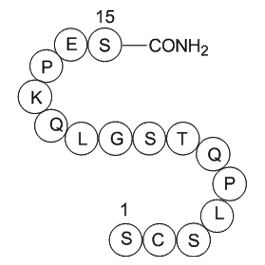
The reaction of chitosan with DVS should take place primarily through a nucleophilic attack of the vinyl sulfone groups to the amino groups in chitosan [39,50], although its hydroxyl groups can also be involved, as it happens when using agarose [35]. These reactions create very stable secondary amin
-
Pyrazolopyrimidines are bioisostere of purine
2020-07-13
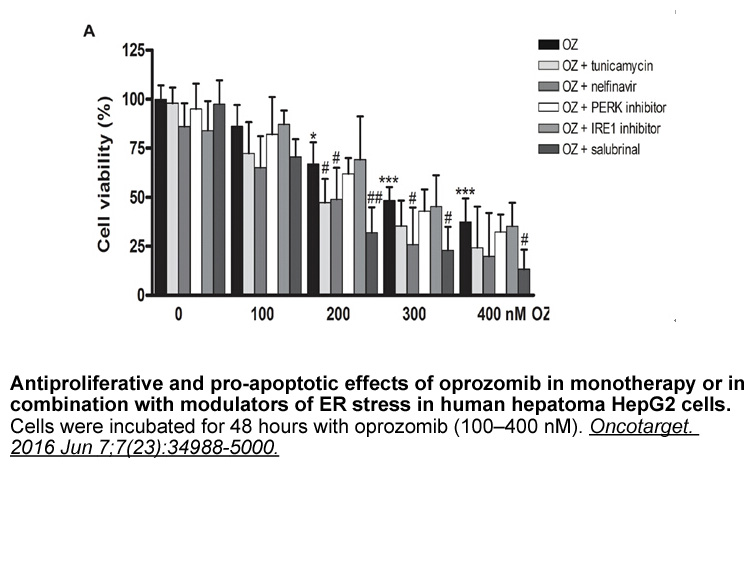
Pyrazolopyrimidines are bioisostere of purine exhibit promising antitumor activity by competitively binding to the ATP active site of different kinase Manidipine 2HCl [16,17]. Several compounds of this family were found to induce apoptosis and/or reduce cell proliferation in various solid tumour an
-
Finally the identification of predictive biomarkers of
2020-07-13
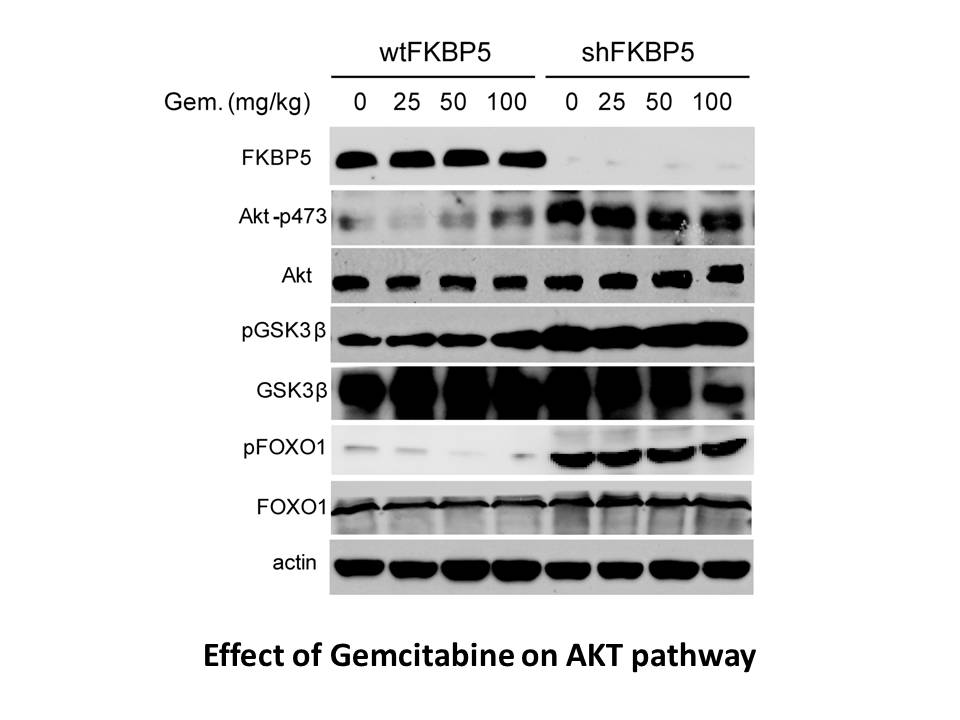
Finally, the identification of predictive biomarkers of response will also allow the more recently discovered CDK inhibitors to be explored in particular genetically-defined contexts, for example by building on recent observations that KRAS mutant tumors are highly sensitive to CDK1 inhibition, and
-
Given a disruption of membrane internalization and
2020-07-13

Given a disruption of membrane internalization and an increase in synaptic glutamate receptors in CPG2 knockdown neurons, one might expect an increase in dendritic spine size as membrane continues to be inserted into the spines during receptor exocytosis. However, we observed the opposite phenotype,
-
BRCC is the catalytic subunit responsible for
2020-07-13

BRCC36 is the catalytic subunit responsible for the majority of K63-Ub-specific DUB activity in the cytoplasm and in the nucleus as part of two distinct macromolecular assemblies characterized by the presence of either of the MPN– pseudo DUB proteins KIAA0157 or Abraxas (Cooper et al., 2009, Dong et
11291 records 499/753 page Previous Next First page 上5页 496497498499500 下5页 Last page